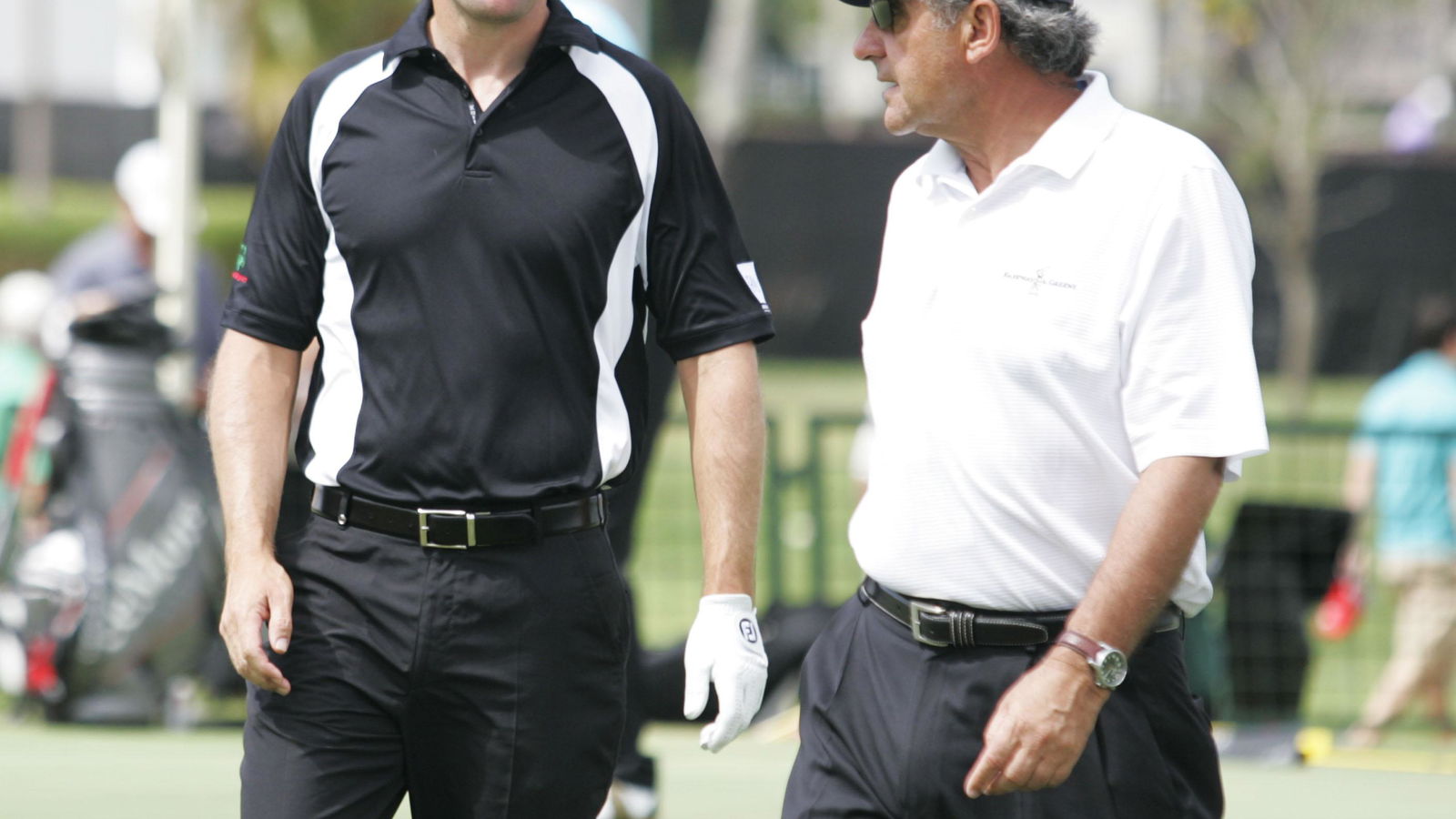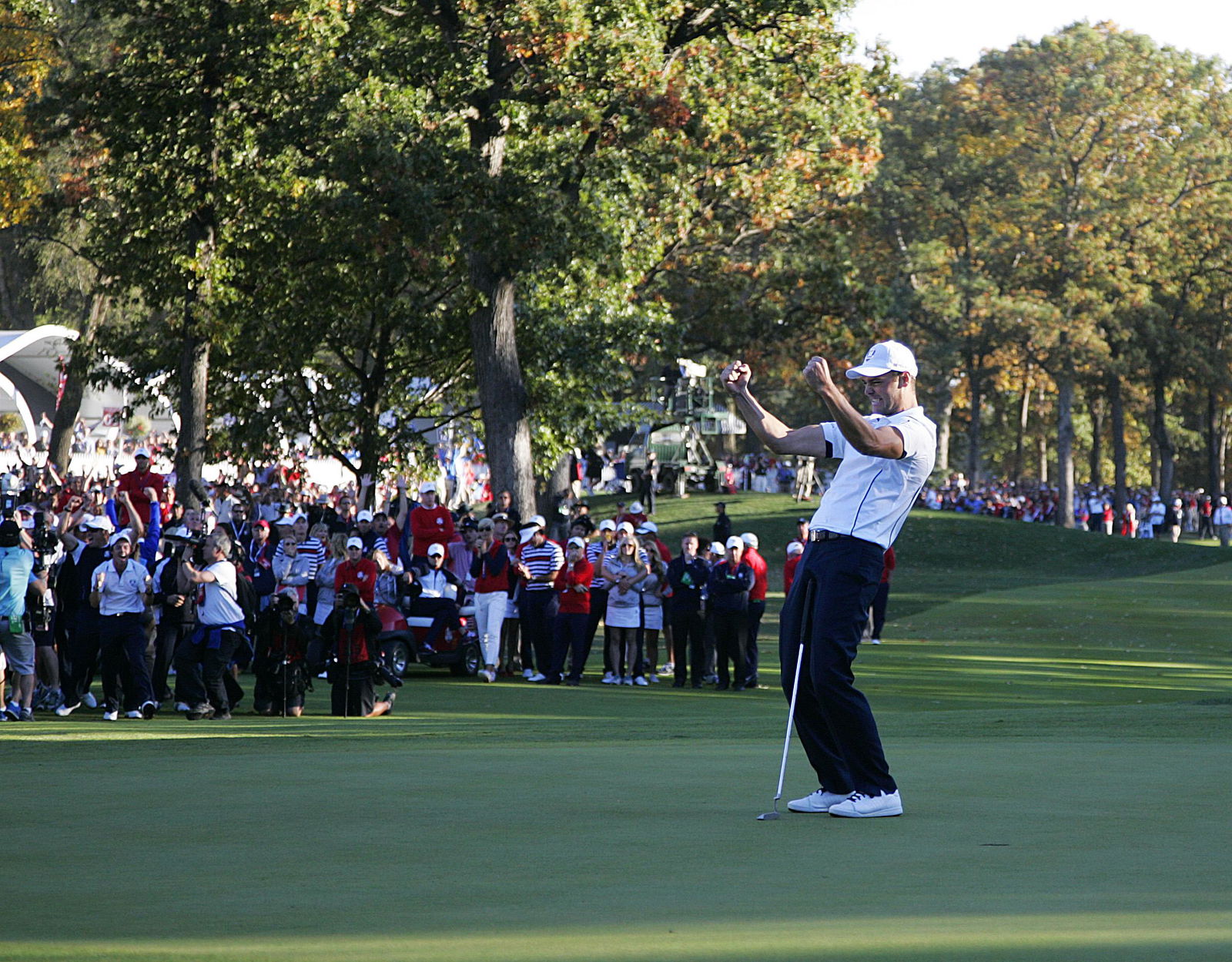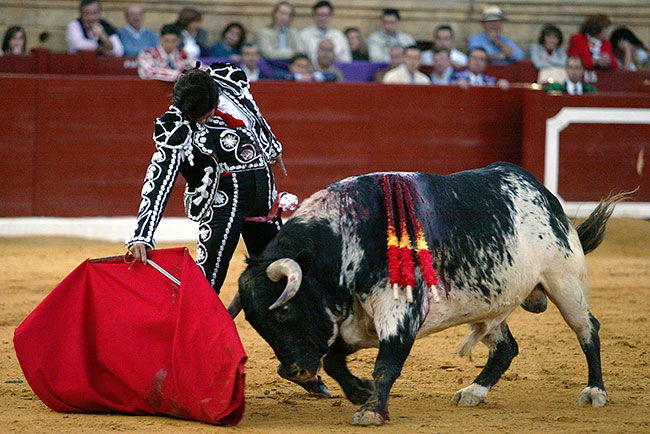Putting: Trust your technique
Psychologist reveals impact of stress on performance. 'Missing a putt more likely from mis-read than breakdown in technique.'

When you’re standing over a putt what are you thinking about?
Are my hands correctly positioned? Am I gripping too tight? How far should I take my backswing or my throughswing? Are my eyes over the ball? Should my shoulders be more square? Is the ball too far forward in my stance?
Technique tends to creep into our thinking even though we’ve used the identical stroke, thousands of times.
And I’m a typical example. Instead of trusting my stroke, I tend to be forever questioning it and that in turn creates extra stress especially under pressure in a competitive round.
And I’m not alone in allowing technique to cloud my judgement over the line and weight a putt needs to given.
John Mathers, sports psychologist at Stirling University one of the UK’s leading golf and sports academies. says the secret to the perfect putt lies in mind over matter.
He assessed the performance of elite golfers in a series of experiments and discovered that missing a putt under stress conditions was more likely to result from an error in reading the green or commitment to the putt, than a breakdown in stroke technique.
"Most golfers find that they tend to putt more poorly under the stress conditions associated with playing in a competition. However, many players don't seem to know where they are going wrong," he said.
"We found that it was their decision-making abilities, rather than the stroke technique, that deteriorated under pressure. Stressful situations seemed to cloud their judgement about the best line to choose and the force to apply to the ball for a given distance of putt."
The answer to improving your putting skill under pressure, he claims, lies in practising ‘stress reduction and focus’ rather than practising the technical elements of your putting stroke.
He adds: "Mental skills training, where players are taught to control their thoughts, could be the answer. We have thought this for a long time, but this is the first time we have had significant scientific evidence to support the case."
So the best advice is: *Accept your technique as a given *Pick the line on which you want the ball to start rolling *Feel the distance with your practice stroke *Double check your first instincts *…and pull the trigger
��

